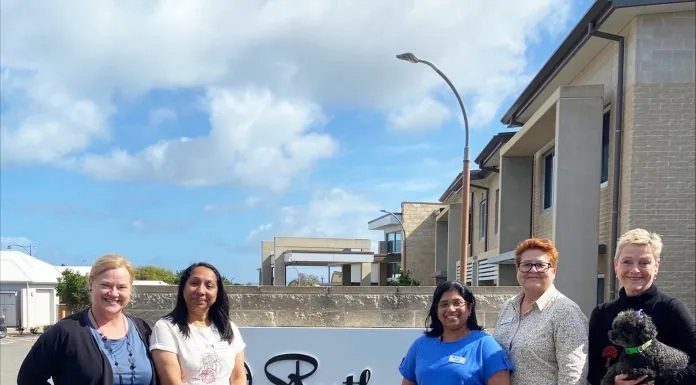In this guest post, Natasha Chadwick, CEO of NewDirection Care, discusses the transformative potential of the Aged Care Bill but warns that the lack of support for innovation risks perpetuating outdated practices. She argues that prioritising innovation through a defined framework is vital for improving quality of life and establishing a future-proof, person-centred aged care system. Expanding the Bill’s scope to make innovation a core principle could drive a modernised sector that meets the evolving needs of older Australians.
The Aged Care Bill currently making its way through Parliament is being hailed as a once-in-a-generation opportunity to transform the sector. It is a chance to rebuild aged care into a system that not only meets the immediate needs of older Australians but also sets a visionary standard for the future. Yet, amid all the positives, there is a glaring omission that threatens to hold us back: the lack of systemic support for innovation.
As a sector leader, I had the privilege of appearing before the Community Affairs Legislation Committee to advocate for a future that embraces change. While the Committee’s report touched on issues like sustainability and provider engagement, it fell short in one crucial area: fostering innovation. The Bill rightly adopts a rights-based approach, yet it lacks the framework needed to empower providers to think differently, to challenge the status quo, and to deliver aged care in more meaningful ways.
Innovation is not just about technological advancements and efficiency gains, it’s also about reimagining care to enhance the quality of life for older Australians. For over a decade, NewDirection Care has been at the forefront of this kind of transformative thinking, pioneering inclusive and dementia-friendly communities that prioritise social connection and personalised care. Our MICRO TOWN® model proves that when providers lean into innovation, the results are profound—not just for people accessing aged care, but for all of society.
But the current Bill, as it stands, risks stifling such progress. Without clear provisions to encourage and protect innovative practices, we are inadvertently sending a message to providers that the safest path is to maintain the status quo. In a sector that is heavily regulated, where compliance often trumps creativity, this is we believe a missed opportunity of significant proportions.
If we are serious about delivering the best possible outcomes for older Australians, innovation must be embedded in the DNA of our aged care system. This means the government needs to go beyond the current scope of the Bill. We need to clearly define innovation in the Bill and detail how it interacts with other elements within the system. Without these clearly articulated relationships, innovation won’t just be stifled, it will be abandoned by the vast majority of the sector.
The Additional Comments from Coalition Senators acknowledge this gap, but recognition alone is not enough. It is time for actionable commitments that prioritise innovation as a core principle of aged care reform.
As I shared with the Committee and through various submissions to the government, without a strong foundation for innovation, Australia risks falling behind in creating the modern aged-care environments we aspire to. This is not just about policy; it’s about the people we love, the care we may one day need ourselves, and the legacy we leave for future generations.
We are at a crossroads. Will we choose to move forward with bold, forward-thinking solutions, or will we let this opportunity slip by, clinging to outdated thinking? The answer will define the future of aged care in Australia.
I look forward to continuing our collaborative efforts with the government to ensure that innovation is not just an afterthought but a cornerstone of the new aged care system. Let’s seize this once-in-a-generation opportunity to transform aged care for the better.










